social mania

TikTok and the Vibes Revival
Online, we exist in a state of ambient shopping; either actively looking to buy something, or being told to by targeted ads or influencers.
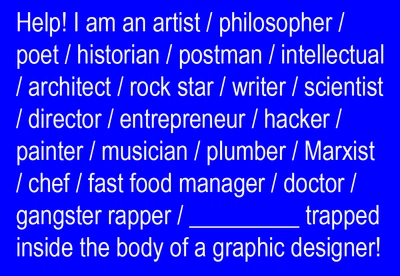

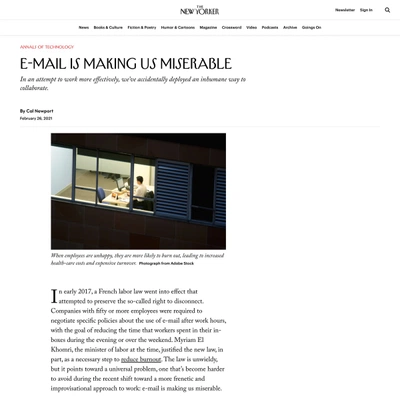


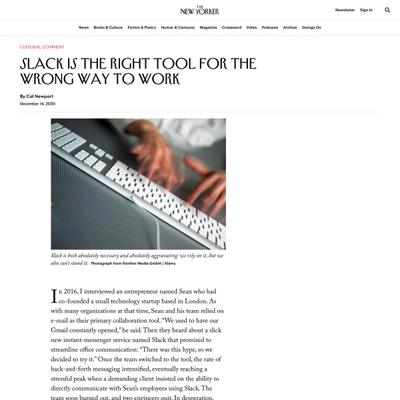
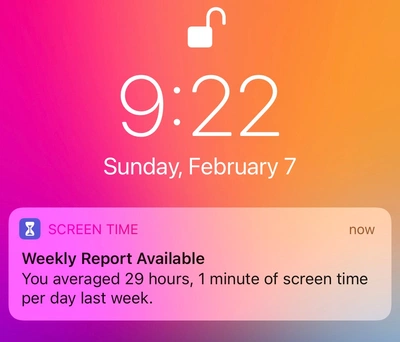

https://www.vanityfair.com/style/2022/01/01/perfectly-imperfect-and-the-growing-currency-of-the-personal-recommendation

designedmemory
https://i-d.vice.com/en_uk/article/qjbwdb/casual-instagram
Unlike consumers in China, who view shopping as a hobby, consumerism in America is a sort of passive activity. We are programmatically encountering must-have products on our feeds without searching for them. A return to social life might not be the saving grace of brick-and-mortar retailers; Matta expects a subset of customers to resume in-person shopping, but that isn’t enough to stave off the retail apocalypse. In quarantine, social media encourages conspicuous consumption. As buying becomes increasingly frictionless, we don’t need life-altering events or even active decision-making to encourage us to spend. We just have to rely on our basest impulses.

There’s no doubt that the demise of the finsta is in large part due to the demise of Instagram itself, with a 2021 survey from financial services firm Piper Sandler finding that only 22 percent of teenagers said Instagram was their favourite social media platform.

The hyperspecific gift guides of TikTok

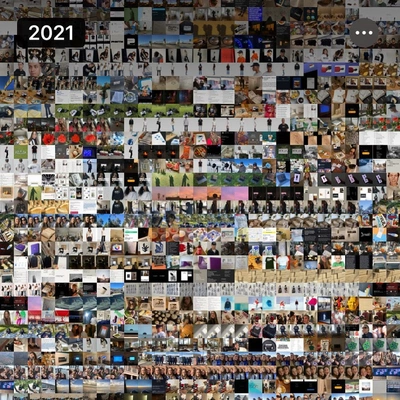



A small study of college students found they now only focus on any one task for 65 seconds. A different study of office workers found they only focus on average for three minutes. This isn’t happening because we all individually became weak-willed. Your focus didn’t collapse. It was stolen.
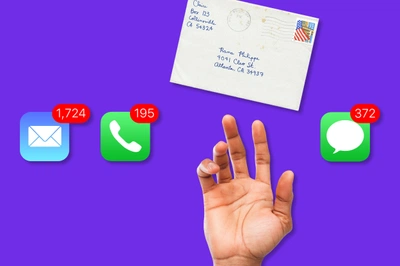
the perfect couple
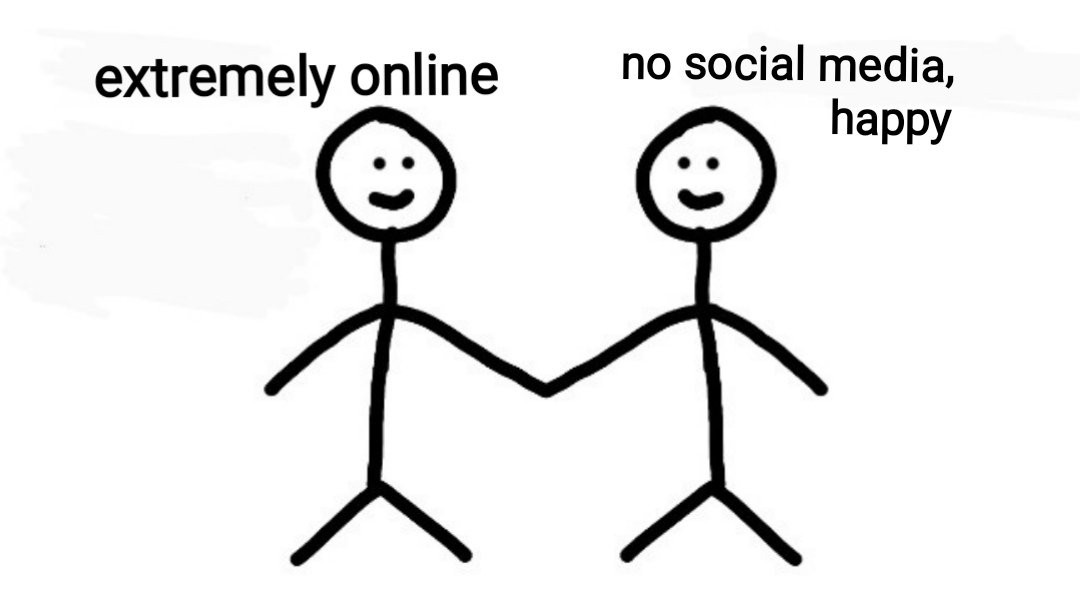
Individual abstinence is “not the solution, for the same reason that wearing a gas mask for two days a week outside isn’t the answer to pollution. It might, for a short period of time, keep certain effects at bay, but it’s not sustainable, and it doesn’t address the systemic issues.” He said that our attention is being deeply altered by huge invasive forces in wider society. Saying the solution was to just adjust your own habits – to pledge to break up with your phone, say – was just “pushing it back on to the individual” he said, when “it’s really the environmental changes that will really make the difference”.
But we have fallen for an enormous delusion. The average teenager now believes they can follow six forms of media at the same time. When neuroscientists studied this, they found that when people believe they are doing several things at once, they are actually juggling. “They’re switching back and forth. They don’t notice the switching because their brain sort of papers it over to give a seamless experience of consciousness, but what they’re actually doing is switching and reconfiguring their brain moment-to-moment, task-to-task – [and] that comes with a cost.”
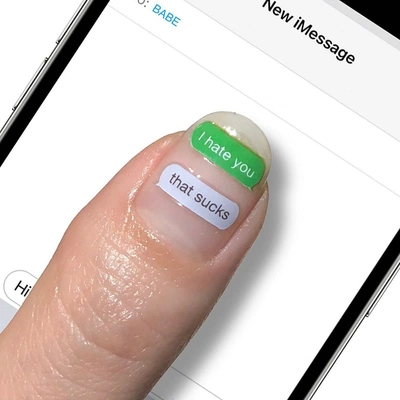

Why are people with no social media so damn hot?